Metropolitan Museum of Art opens 'Streams and Mountains without End: Landscape Traditions of China'
Unidentified Artist Chinese, active late 17th–early 18th century, Ten Thousand Miles along the Yellow River. Two handscrolls; ink, color, and gold on silk Image: 30 11/16 x 505 7/8 in. The Metropolitan Museum of Art. © 2000–2017 The Metropolitan Museum of Art
From the standpoint of splendid scenery, painting cannot equal [real] landscape. But when it comes to the wonders of brush and ink, [real] landscape is no match for painting!
—Dong Qichang (1555–1636
NEW YORK, NY.- About a thousand years ago, the legendary Chinese landscape painter Guo Xi posed the question, “In what does a gentleman’s love of landscape consist?” This question is at the heart of The Metropolitan Museum of Art’s Streams and Mountains without End: Landscape Traditions of China.
Showcasing more than 120 Chinese landscape paintings in three rotations, Streams and Mountains without End explores the many uses of landscape in the Chinese visual arts. The focus is on paintings, but textiles, ceramics, bamboo carvings, and objects in other materials are also included. Arranged in thematic groupings, the works in the exhibition have been selected to provide gateways into the tradition, drawing out distinctions between types of landscape that may not be obvious at first glance. What appears to be a simple mountain dwelling is revealed to be the villa of the painter’s friend, which encodes a wish for his happy retirement; what seems to be a simple study in dry brushwork turns out to be an homage to an old master, a sign of reverence for what had come before. The exhibition brings the tradition to life by showing the layers of meaning that lie behind these ubiquitous images of tree, stream, and mountain. A quotation from classical Chinese painting theory introduces each grouping, giving the tradition itself a voice in the exhibition. The works in the exhibition are drawn primarily from The Met collection, supplemented by a dozen works from private lenders.
Among the show’s highlights are a Song dynasty (960–1279) handscroll, Two Landscapes Inspired by the Poetry of Du Fu, a rare example of early literati painting, attributed to Sima Huai (Chinese, active ca. 1131–62); a 15th-century handscroll, The Four Seasons, which takes the viewer through an extended journey; the 1571 handscroll Fantastic Scenery in the Human Realm, a dynamic landscape of bizarre and contorted forms, by Wen Boren; and two majestic landscapes from the Qing dynasty court: Ten Thousand Miles along the Yellow River, dated to 1690–1722, and the The Qianlong Emperor’s Southern Inspection Tour, scroll four, dated 1770, by Xu Yang (active ca. 1750–after 1776).
In conjunction with the exhibition, The Met’s Education Department is offering exhibition tours led by Joseph Scheier-Dolberg, Assistant Curator in the Museum’s Department of Asian Art, on September 27 and November 8; the one-hour tours start at 10:30 a.m.
The exhibition is organized by Joseph Scheier-Dolberg.
Unidentified Artist Chinese, active early 15th century, Palaces among Autumn Mountains, China, Ming dynasty (1368–1644); Round fan mounted as an album leaf; ink, color, and gold on silk; Image: 9 1/2 x 10 1/16 in. (24.1 x 25.6 cm); The Metropolitan Museum of Art, Bequest of John M. Crawford Jr., 1988; 1989.363.42. © 2000–2017 The Metropolitan Museum of Art
Unidentified Artist Chinese, active 15th century, The Four Seasons, China, Ming dynasty (1368–1644), 15th century; Handscroll; ink and color on silk; Image: 13 13/16 in. x 18 ft. 8 3/8 in. (35.1 x 569.9 cm); Overall with mounting: 16 5/16 in. x 35 ft. 1/4 in. (41.4 x 1067.4 cm); The Metropolitan Museum of Art, Bequest of John M. Crawford Jr., 1988; 1989.363.45. © 2000–2017 The Metropolitan Museum of Art
Zhang Ruitu (Chinese, 1570–1641), Mountains Along Riverbanks, China, Ming dynasty (1368–1644), early 17th century; Hanging scroll; ink on satin; Image: 65 3/4 x 20 1/4 in. (167 x 51.4 cm) Overall with mounting: 105 x 27 1/2 in. (266.7 x 69.9 cm) Overall with knobs: 105 x 31 1/2 in. (266.7 x 80 cm); The Metropolitan Museum of Art, Edward Elliott Family Collection, Purchase, The Dillon Fund Gift, 1981; 1981.285.2. © 2000–2017 The Metropolitan Museum of Art
Unidentified Artist, fake signature of Zhao Boju (died ca. 1162), Sea and Sky at Sunrise, China, Ming dynasty (1368–1644), 17th century; Handscroll; ink and color on silk; 20 1/4 x 83 1/4 in. (51.4 x 211.5 cm); The Metropolitan Museum of Art, H. O. Havemeyer Collection, Bequest of Mrs. H. O. Havemeyer, 1929; 29.100.478. © 2000–2017 The Metropolitan Museum of Art
Dong Qichang (Chinese, 1555–1636), Landscapes and Poems, China, Ming dynasty (1368–1644), 17th century, probably after 1625; Album of eight paintings and eight calligraphies; ink, gold and color on gold-flecked paper; 12 5/8 x 9 1/8 in. (32.1 x 23.2 cm); The Metropolitan Museum of Art, Gift of Mr. and Mrs. Wan-go H. C. Weng, 1989; 1989.372a–h. © 2000–2017 The Metropolitan Museum of Art
Pan Yunyu (Chinese, active ca. 15th–16th century), Setting Sun on the Autumn River, China, Ming dynasty (1368–1644), 1604 or 1664; Folding fan mounted as an album leaf; ink and color on gold paper; 6 1/4 x 19 in. (15.9 x 48.3 cm); The Metropolitan Museum of Art, John Stewart Kennedy Fund, 1913; 13.100.79. © 2000–2017 The Metropolitan Museum of Art
Wang Hui (Chinese, 1632–1717), Clearing after Rain over Streams and Mountains, China, Qing dynasty (1644–1911), dated 1662. Hanging scroll; ink on paper; Image: 44 7/8 x 17 7/8 in. (114 x 45.4 cm) Overall with mounting: 103 1/2 x 24 1/4 in. (262.9 x 61.6 cm) Overall with knobs: 103 1/2 x 27 1/2 in. (262.9 x 69.9 cm); The Metropolitan Museum of Art, Bequest of John M. Crawford Jr., 1988; 1989.363.141. © 2000–2017 The Metropolitan Museum of Art
Fa Ruozhen (Chinese, 1613–1696), Cloudy Mountains, China, Qing dynasty (1644–1911), 1684. Hanging scroll, ink and color on silk; 54 1/8 x 27 3/8 in. (137.5 x 69.5 cm); The Metropolitan Museum of Art, Purchase, The Vincent Astor Foundation Gift, 2010; 2010.54. © 2000–2017 The Metropolitan Museum of Art
Li Yin (Chinese, active second half of the 17th–early 18th century), View From a Mountain Pavilion, China, Qing dynasty (1644–1911), 1700. Hanging scroll, ink and color on silk; Image: 87 3/4 x 44 3/4 in. (222.9 x 113.7 cm) Overall with mounting: 123 1/2 x 47 3/4 in. (313.7 x 121.3 cm) Overall with knobs: 123 1/2 x 52 in. (313.7 x 132.1 cm); The Metropolitan Museum of Art, Anonymous Gift, in memory of Maitland F. Griggs, 1981; 1981.122. © 2000–2017 The Metropolitan Museum of Art
Xu Yang (Chinese, active ca. 1750–after 1776), Palaces of the Immortals, China, Qing dynasty (1644–1911), Qianlong period (1736–95), dated 1753. Folding fan mounted as an album leaf; ink, color, and gold on paper; Image: 6 1/4 x 18 1/2 in. (15.9 x 47 cm) Sheet: 15 × 24 1/2 in. (38.1 × 62.2 cm); The Metropolitan Museum of Art, Purchase, The B. D. G. Leviton Foundation Gift, in honor of Marie-Hélène and Guy Weill, 2003; 22003.132. © 2000–2017 The Metropolitan Museum of Art
Xu Yang (Chinese, active ca. 1750–after 1776) and assistants, The Qianlong Emperor's Southern Inspection Tour, Scroll Four: The Confluence of the Huai and Yellow Rivers (Qianlong nanxun, juan si: Huang Huai jiaoliu), China, Qing dynasty (1644–1911), dated 1770. Handscroll; ink and color on silk, lacquer box; 27 1/8 x 431 1/4 in. (68.8 x 1096.17 cm); The Metropolitan Museum of Art, Purchase, The Dillon Fund Gift, 1984; 1984.16a–c. © 2000–2017 The Metropolitan Museum of Art

/https%3A%2F%2Fprofilepics.canalblog.com%2Fprofilepics%2F1%2F0%2F100183.jpg)
/https%3A%2F%2Fstorage.canalblog.com%2F03%2F02%2F119589%2F96711876_o.jpg)
/https%3A%2F%2Fstorage.canalblog.com%2F11%2F31%2F119589%2F94773502_o.jpg)
/https%3A%2F%2Fstorage.canalblog.com%2F20%2F83%2F119589%2F94772815_o.jpg)
/https%3A%2F%2Fstorage.canalblog.com%2F26%2F72%2F119589%2F75604929_o.jpg)
/https%3A%2F%2Fstorage.canalblog.com%2F59%2F60%2F119589%2F26458628_o.jpg)


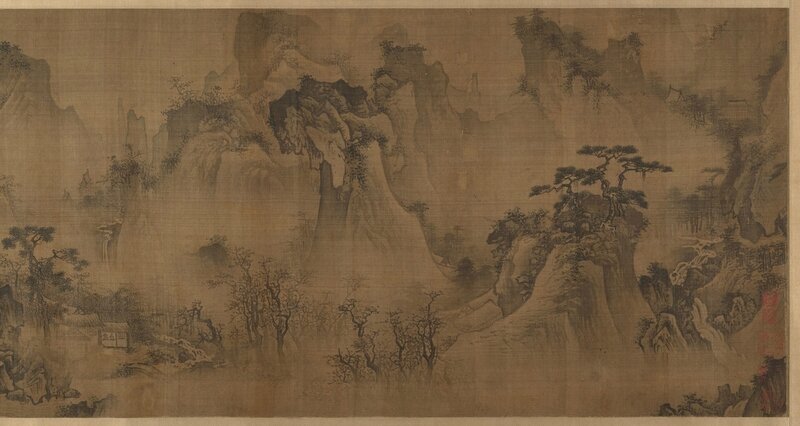

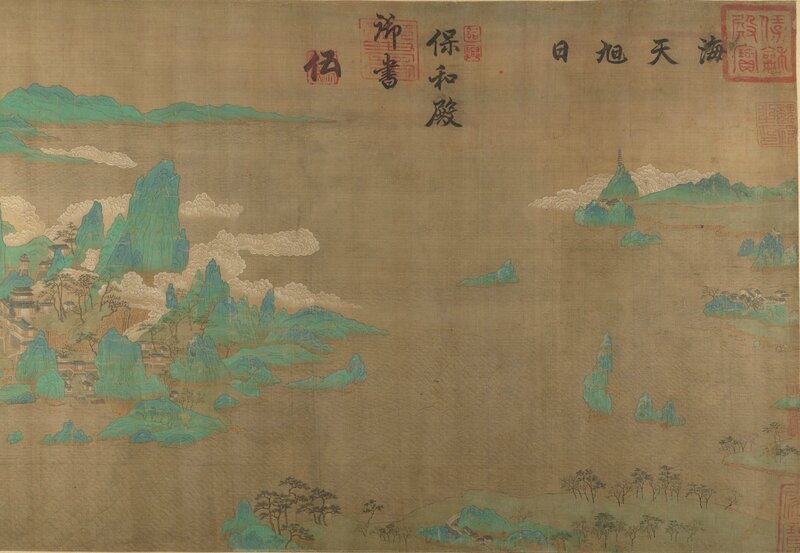


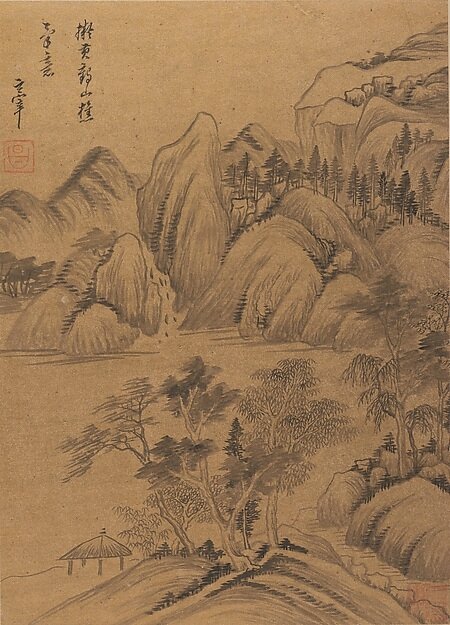



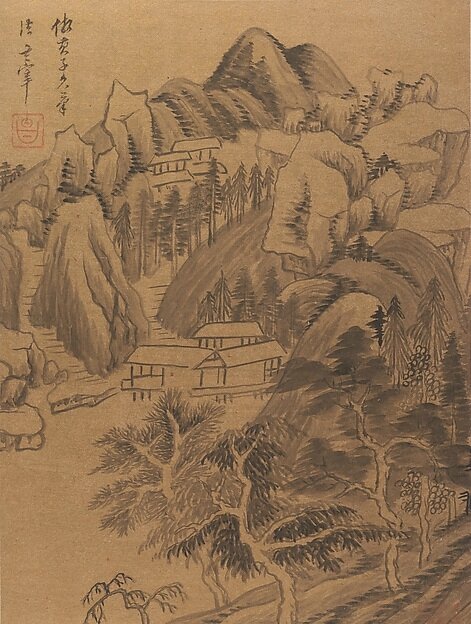
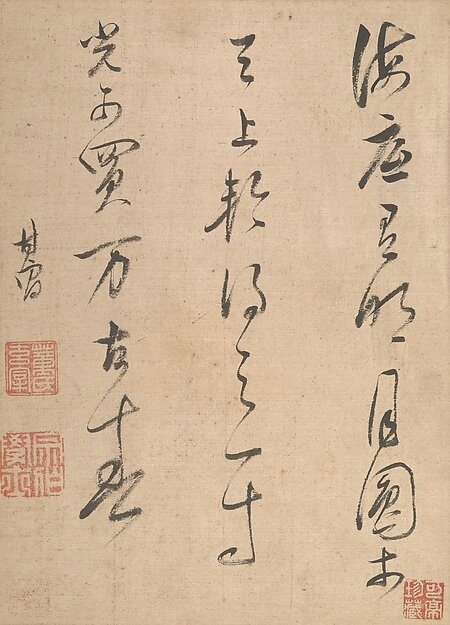


















/http%3A%2F%2Fstorage.canalblog.com%2F64%2F14%2F119589%2F127653026_o.jpg)
/http%3A%2F%2Fstorage.canalblog.com%2F23%2F85%2F119589%2F122208401_o.jpg)
/http%3A%2F%2Fmfas3.s3.amazonaws.com%2Fstyles%2Fbanner_grid-9_retina%2Fs3%2F4x3_5.jpg%3Fitok%3DuPwc7dFt)
/http%3A%2F%2Fstorage.canalblog.com%2F68%2F55%2F119589%2F112523464_o.jpg)